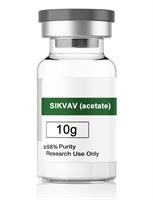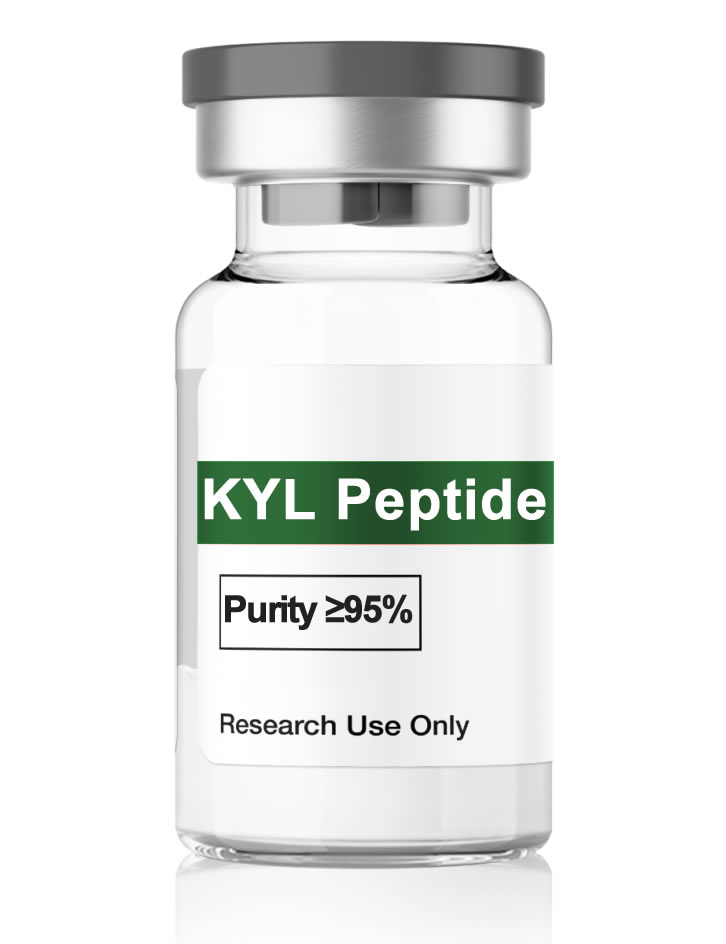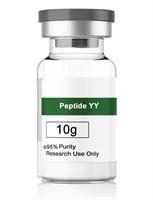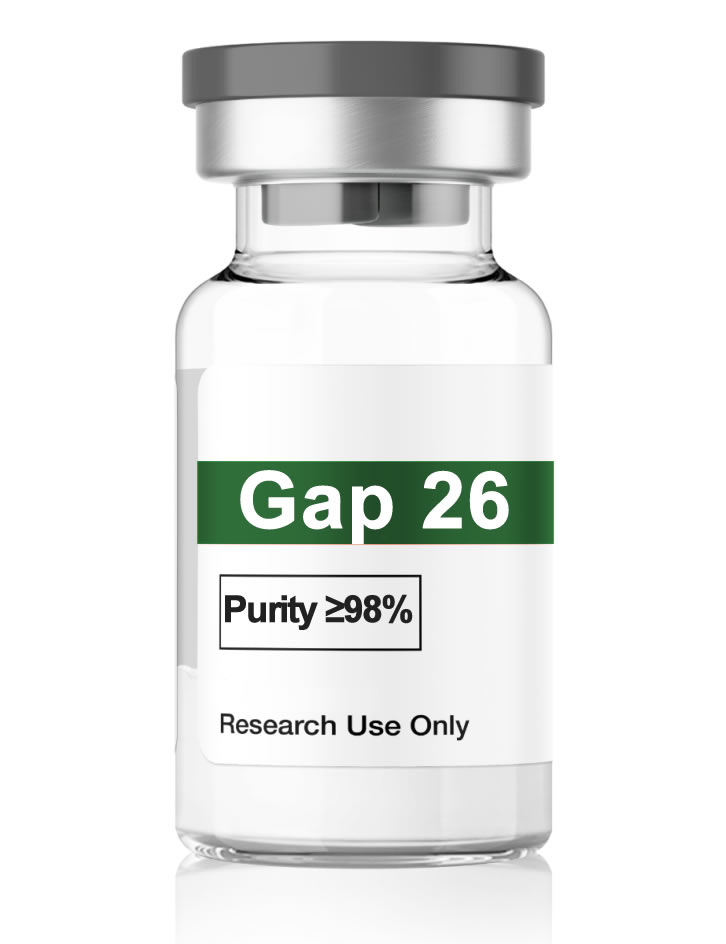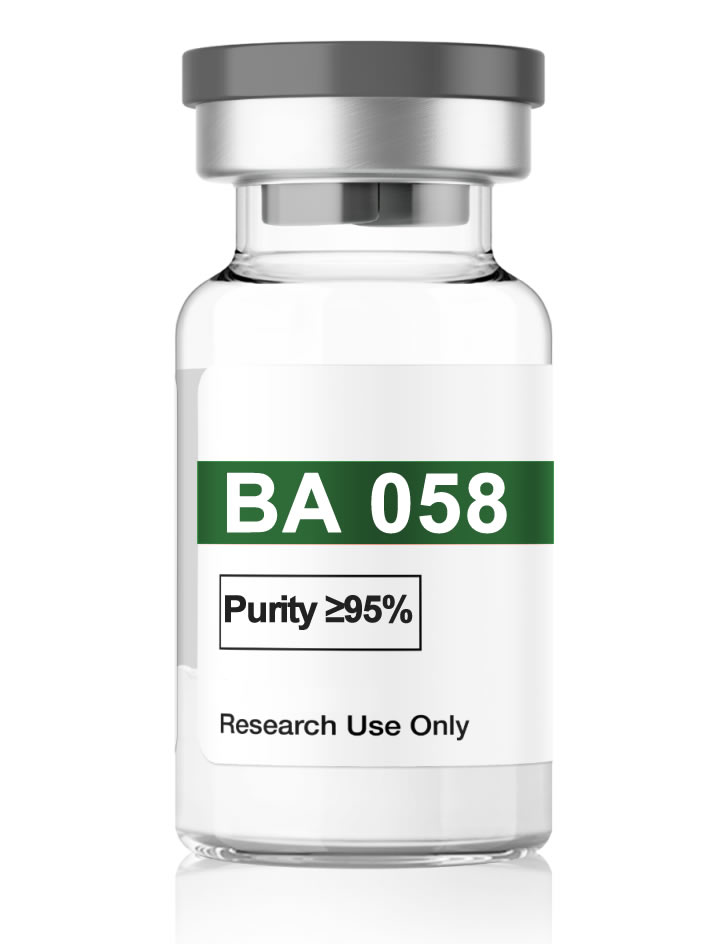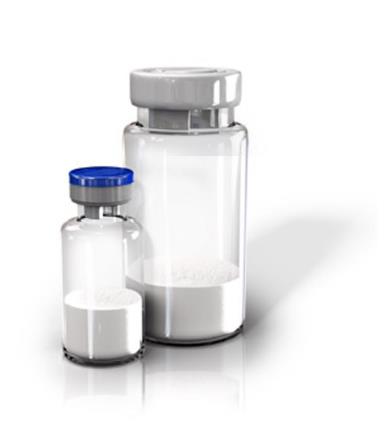Buy BPC 157 | Peptide YY | ll37 peptide Online
BPC 157 (acetate)
$440.00
Peptide YY
(trifluoroacetate salt)
(trifluoroacetate salt)
Purity: ≥95%
$328.00
$341.00
A laminin α1-derived peptide
SIKVAV (acetate)
The products offered on this website are furnished for in-vitro studies only. They are not medicines or drugs and have not been approved by the FDA to prevent, treat or cure any medical condition, ailment or disease. Bodily introduction of any kind into humans or animals is strictly forbidden by law.
Peptide Purification
In the modern era, huge leaps forward in the scientific field of peptide synthesis have enabled the production of custom peptides on an immense scale. With the increased production of synthetic peptides for research, the implementation of effective peptide purification methods has only become more critical.
Peptides are complex molecules, and this complexity can render other purification methods that are effective on other organic compounds inefficient. During synthesis, special attention must be paid to maximizing both efficiency and yield in order to provide customers with the purest possible peptide at the lowest possible price. While purification processes based on crystallization are often effective with other compounds, many peptide purification processes utilize the principles of chromatography, such as high-pressure reversed phase chromatography.
Removing Specific Impurities From Peptides
As mentioned before, it is vital that the final synthesized peptide is as pure as possible for research use. Minimum acceptable purity levels can vary among different research purposes; for example, in vitro studies generally require a much higher standard of purity (greater than 95%) than, say, performing an ELISA standard for measuring titers of antibodies (minimum acceptable purity greater than 70%). Nonetheless, the minimum purity level must be achieved. In order to ensure that purity standards are met, it is vital to recognize the types of impurities than can arise as well as their nature. Then the appropriate purification method (or methods) can be implemented
During peptide synthesis, specific impurities that can occur include hydrolysis products of labile amide bonds, deletion sequences generated mainly in solid-phase peptide synthesis (SPPS), diastereomers, and insertion peptides and by-products formed during removal of protection groups. This latter impurity can occur in the last step of peptide synthesis. Additionally, polymeric forms of the peptide intended to be synthesized can also occur, often arising as a byproduct resulting from the formation of cyclic peptides that have disulphide bonds.
Certainly, the purification process employed must be able to effectively isolate the targeted peptide in a multifaceted mixture of compounds and potential impurities.
Certainly, the purification process employed must be able to effectively isolate the targeted peptide in a multifaceted mixture of compounds and potential impurities.
Peptide Purification Strategy
Ideally, the purification method should be as simple as possible, achieving targeted purity in as few steps as possible. Often, two or more purification processes conducted sequentially can give excellent results, particularly when each process operates through differing principles of chromatography. For example, ion exchange chromatography utilized in conjunction with reversed phase chromatography can result in a very highly pure final product.
Generally, the first step in peptide purification is a capturing step that removes the majority of impurities from the synthetic peptide mixture. Many of the impurities removed in this phase are produced in the final deprotection step of peptide synthesis and are mostly uncharged and have a small molecular weight. While a significant amount of impurities can be removed during this initial step, a second purification step can be added if a higher purity level is required. This second step can be referred to as a polishing step and is highly effective, especially when operating on a complementary chromatographic principle as previously mentioned.
Generally, the first step in peptide purification is a capturing step that removes the majority of impurities from the synthetic peptide mixture. Many of the impurities removed in this phase are produced in the final deprotection step of peptide synthesis and are mostly uncharged and have a small molecular weight. While a significant amount of impurities can be removed during this initial step, a second purification step can be added if a higher purity level is required. This second step can be referred to as a polishing step and is highly effective, especially when operating on a complementary chromatographic principle as previously mentioned.
Peptide Purification Processes
Peptide purification systems are composed of several integral subsystems and units, which can include buffer preparation systems, solvent delivery systems, fractionation systems, and data collection systems, along with the crucial columns and detectors. Indeed, the column is the heart of the purification system and its selected features can be critical to the process’s efficaciousness. A column may have features constructed of glass or steel along with static or dynamic modes of compression, any of which can affect the final purification outcome.
Additionally, it is vital that all purification methods are carried out in accordance with current Good Manufacturing Practices (cGMP) and sanitization is given the highest priority.
Additionally, it is vital that all purification methods are carried out in accordance with current Good Manufacturing Practices (cGMP) and sanitization is given the highest priority.
Throughout the processes of peptide synthesis and purification, special attention must be given to following GMP. This is to ensure that the final peptide is pure and of high quality. GMP requires that chemical and analytical procedures performed are well documented. Test methods and specifications are required to be established beforehand, ensuring that the manufacturing process is under control and reproducible.
GMP requirements for the purification phase of peptide synthesis are particularly rigorous. This is because this process is a late step in the overall synthesis process and has a large impact on the quality of the final peptide. Critical steps and parameters must be identified, along with limits for those parameters, so that the process is reproducible within those predetermined limits. Vital parameters of the peptide purification process can include column loading, flow rate, column performance, column cleaning procedures, composition of elution buffer, storage time in process, and pooling of fractions.
GMP requirements for the purification phase of peptide synthesis are particularly rigorous. This is because this process is a late step in the overall synthesis process and has a large impact on the quality of the final peptide. Critical steps and parameters must be identified, along with limits for those parameters, so that the process is reproducible within those predetermined limits. Vital parameters of the peptide purification process can include column loading, flow rate, column performance, column cleaning procedures, composition of elution buffer, storage time in process, and pooling of fractions.
Biotin Tripeptide-1
An ECM peptide conjugated to biotin
Biotinoyl Tripeptide-1
Biotinyl-GHK
Biotinyl-Gly-His-Lys
Biotinyl-GHK
Biotinyl-Gly-His-Lys
Syns:
Purity: ≥95%
Formulation: A solid
Solubility:
Myristoyl Pentapeptide-17 (acetate)
An acylated pentapeptide
Myr-KLAKK-NH2
Myr-KLAKK-amide
Myr-KLAKK-amide
Syns:
Purity: ≥95%
Formulation: A solid
Solubility:
DMF: 30mg/mL
DMSO: 30mg/mL
Ethanol: 30mg/mL
Ethanol:PBS (pH 7.2) (1:3): 0.25mg/mL
DMSO: 30mg/mL
Ethanol: 30mg/mL
Ethanol:PBS (pH 7.2) (1:3): 0.25mg/mL
$302.00
Synonyms:
Hexapeptide-10
Ser-Ile-Lys-Val-Ala-Val
Ser-Ile-Lys-Val-Ala-Val
Purity: ≥98%
Formulation: A solid
Solubility:
PBS (pH 7.2): 2 mg/ml
Formula Weight:
615.8
Stability: ≥ 4 years
A pentadecapeptide with diverse biological activities
CAS No: 1628202-19-6
Purity: ≥95%
Formulation: A solid
Compliance with GMP
A peptide agonist for Y1, Y2, Y5, and Y6 receptors
Syns:
Peptide Tyrosine Tyrosine
PYY
PYY
Form: A lyophilized powder
$261.00
MF
Formula Weight: 566.7
DMSO: 5mg/mL
PBS (pH 7.2): 10mg/mL
PBS (pH 7.2): 10mg/mL
MF
KYL (trifluoroacetate salt)
An EphA4 inhibitor
Syns:
KYL Peptide
MF
Formula Weight: 1465.7
Purity: ≥95%
Formulation: A solid
Solubility:
DMF: 33 mg/ml
DMSO: 14 mg/ml
Ethanol: Slightly soluble
PBS (pH 7.2): 0.30 mg/ml
DMSO: 14 mg/ml
Ethanol: Slightly soluble
PBS (pH 7.2): 0.30 mg/ml
$440.00
MF
MF
Syns:
GEPPPGKPADDAGLV
Formula Weight: 1419.5
Stability ≥ 4 years
Storage -20°C
MF
Formula Weight: 4309.8
Solubility: Water: 1 mg/ml
Storage: -20°C
Parathyroid Hormone (1-34)
(trifluoroacetate salt)
(trifluoroacetate salt)
$227.00
A synthetic N-terminal fragment of PTH and an agonist of PTH1R and PTH2R
Synonyms: LY333334
PTH (1-34)
PTH (1-34)
Purity: ≥95%
Formulation: A solid
MF
Formula Weight: 4117.7
Solubility: Water: 1 mg/ml
Storage -20°C
TIP39
(trifluoroacetate salt)
(trifluoroacetate salt)
A neuropeptide and PTH2R agonist
Syns:Tuberoinfundibular
Peptide of 39 Residues
Peptide of 39 Residues
MF
Formula Weight: 4504.2
Purity: ≥98%
Formulation: A solid
Solubility: 20% ACN/H2O: Soluble
Storage: -20°C
$398.00
Gap 26 tfa salt)
A connexin-mimetic peptide
CAS No : 197250-15-0
Syns:
Gap Junction Peptide 26
VCYDKSFPISHVR
VCYDKSFPISHVR
MF
Formula Weight: 1550.8
Purity: ≥98%
Formulation: A solid
Solubility
DMF: 33 mg/mL
DMSO: 12 mg/mL
Ethanol: 33 mg/mL
PBS (pH 7.2): 10 mg/mL
DMF: 33 mg/mL
DMSO: 12 mg/mL
Ethanol: 33 mg/mL
PBS (pH 7.2): 10 mg/mL
Retatrutide (sodium salt)
$440.00
A GCGR, GLP-1R, and GIP receptor agonist
LY3437943
Syns:
MF
Formula Weight: 4731.3
Purity: ≥98%
Formulation: A solid
Solubility
Acetonitrile: Slightly Soluble
Water: Slightly Soluble
Acetonitrile: Slightly Soluble
Water: Slightly Soluble
Storage: -20°C
$430.00
Abaloparatide (acetate)
A GCGR, GLP-1R, and GIP receptor agonist
BA 058
BIM 44058
BIM 44058
Syns:
MF
Formula Weight: 3960.6
Purity: ≥95%
Formulation: A solid
Solubility
Ethanol: Partially soluble
PBS (pH 7.2): 10 mg/ml
Ethanol: Partially soluble
PBS (pH 7.2): 10 mg/ml
Storage
-20°C
$430.00
GnRH II (trifluoroacetate salt)
A GnRHR agonist
Syns:
Gonadotropin-releasing Hormone II
LHRH II
LHRH II
MF
Formula Weight: 1236.3
Purity: ≥95%
Form: A lyophilized powder
Solubility: Water: 1 mg/ml
Storage: -20°C
$347.00
Arginine Vasotocin tfa salt
A nonapeptide agonist of the AVT receptor
[Arg8]-Vasotocin
AVT
AVT
Syns:
MF
Formula Weight: 1050.2
Purity: ≥95%
Form: A lyophilized powder
Solubility: Water: 1 mg/ml
$238.00
Oxyntomodulin tfa salt
A peptide hormone
Glicentin (33-69)
Proglucagon (33-69)
Proglucagon (33-69)
Syns:
MF
Formula Weight: 4449.8
Purity: ≥95%
Form: A lyophilized powder
Solubility: Water: 1 mg/ml
$359.00
C-X-C chemokine receptor type 4 (CXCR-4)
An endogenous peptide CXCR4 antagonist
Syns:
Endogenous Peptide Inhibitor of CXCR4
MF
Formula Weight: 1830.2
Purity: ≥98%
Form: A solid
Solubility: Ethanol: Soluble
Methanol: Soluble
Methanol: Soluble
$326.00
DPC-AJ1951 (tfa salt)
A peptide PPR agonist
Formula Weight: 1667.0
Purity: ≥95%
Form: A solid
Solubility
DMSO: Slightly Soluble
Water: Slightly Soluble
DMSO: Slightly Soluble
Water: Slightly Soluble
$254.00
Shop online today, you won't
be disappointed!
be disappointed!
Quick Delivery
Our mission is to "delight our customers
with quick and convenient delivery, great prices and excellent customer service"
with quick and convenient delivery, great prices and excellent customer service"
Over 95% of orders are delivered within 1-3 working days.



© 2023 Eumenamedlimited.com. All Rights Reserved.
All products on this site are for Research, Development use only. Products are Not for Human consumption of any kind.
All products on this site are for Research, Development use only. Products are Not for Human consumption of any kind.
MF
Looking to enhance your biochemical Research routine or skincare regimen Research? Peptides might just be the secret ingredient you're missing. We have ready peptides for sale. Get ready to discover how these powerful compounds can revolutionize health and beauty Research routines.

